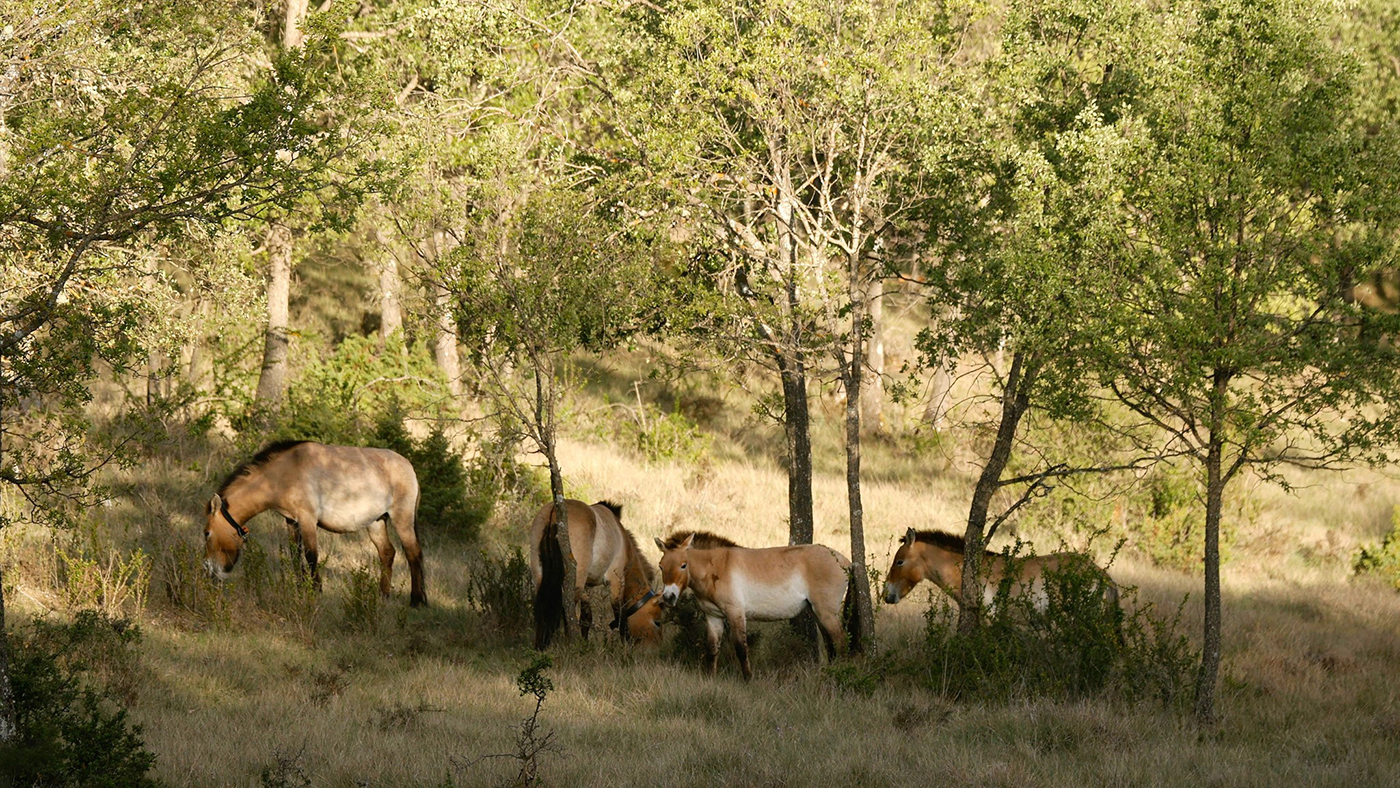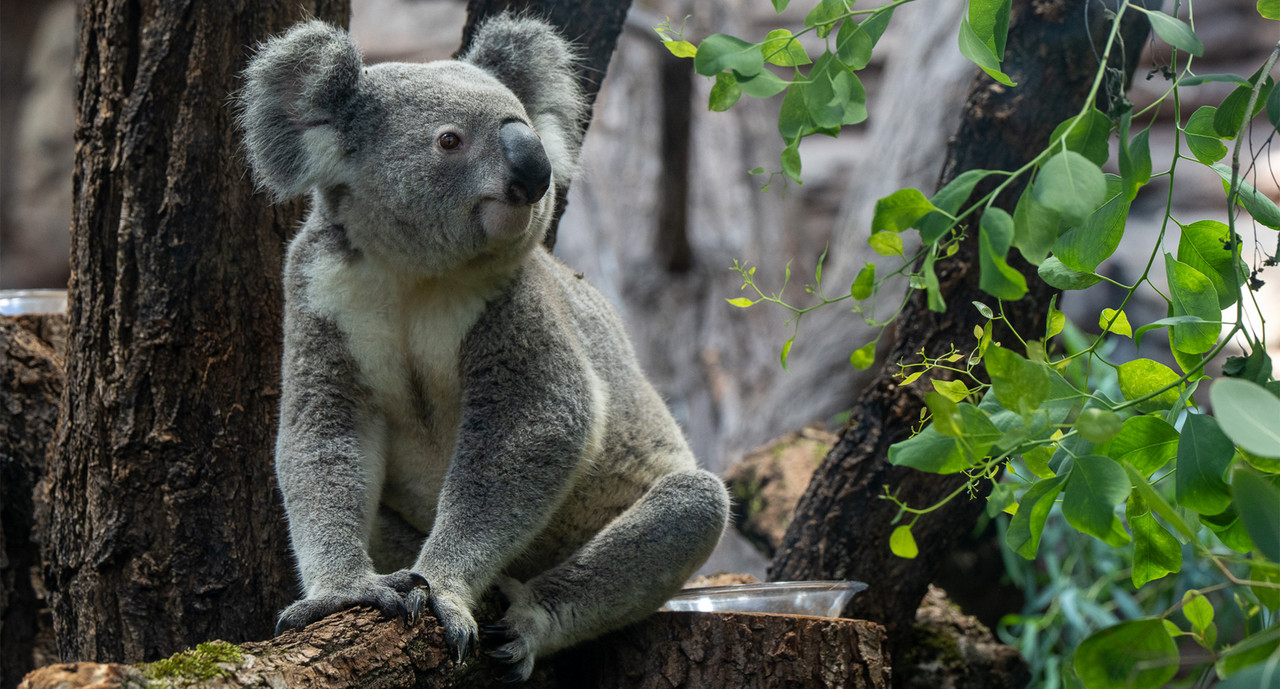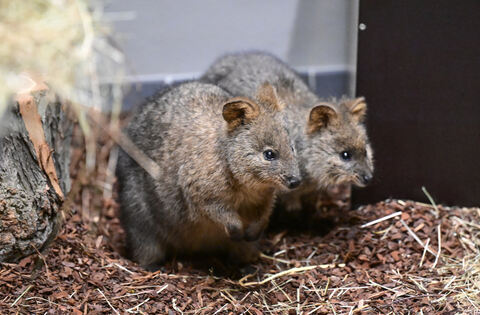Another bit of 'Australian animals in Europe' news - the Australia House at Wilhelma Zoo in Stuttgart, Germany, will be opening in just over a month's time (24th July). The house is dedicated entirely to mammals, and the following species have been confirmed:
- 4 koalas (2 males and 2 females imported from Australia)
- A male Goodfellow's tree kangaroo
- A pair of kowari
- A colony of spinifex hopping mice
- Eastern quoll
- Sugar gliders
- Rufous bettong
- A pair of common brushtail possums
There is also an outdoor enclosure for a species that hasn't been confirmed, and will not be announced until the house opens, which will be imported with the koalas - some plans in the early stages mentioned quokka, but it remains to be seen if they are the species. Also when greater bilby are finally imported to Europe, some will go here.
There are some photographs of the new indoor and outdoor koala enclosures and the nocturnal section of house in this link:
Terra Australis fertig: Wann die Koalas in der Wilhelma besucht werden können - Nachrichten aus Stuttgart - Zeitungsverlag Waiblingen

www.zvw.de







